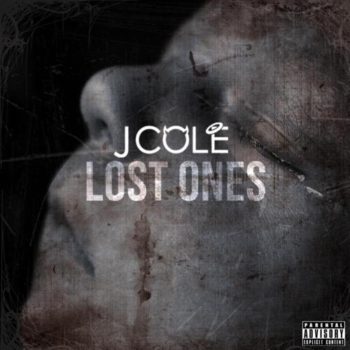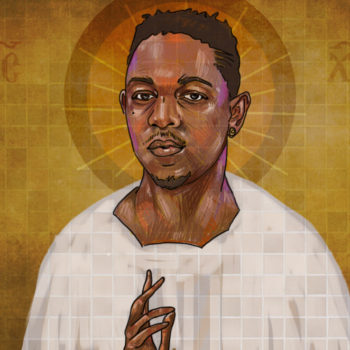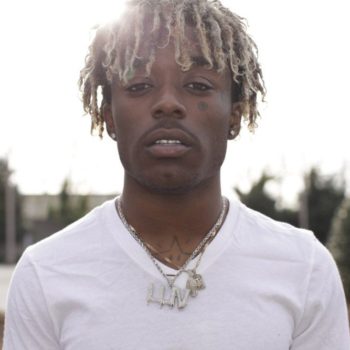It took me a bit longer to pick up Kendrick Lamar’s To Pimp a Butterfly than most. While several media outlets and the vast majority of Twitter had already dubbed Kendrick’s second major label LP the dreaded “c-word,” I was still trying to wrap my mind around the record. But nothing was sticking. I played To Pimp a Butterfly no less than three times a day, trying to understand what I was listening to, but I was still having a hard time forming an opinion about the record. I knew it was good sonically and conceptually, I just didn’t feel anything about it.
Was I apprehensive to the record because it seems like Kendrick Lamar is the most unanimously praised rapper that I’ve ever seen? Maybe. Was it because I wanted to stay above the fray of the whole world calling an album classic before it is four days old? Probably. Was I apprehensive because this album is totally different from what I expected? Definitely. But I kept listening. I knew it was a good album because if it was bad, I would’ve given up on it.
 To Pimp a Butterfly is an album that rewards patience.
To Pimp a Butterfly is an album that rewards patience.
Slowly but surely, the album started to click in parts. What initially sounded like spastic jazz horns and schizophrenic, aimless flows and words, finally started to fall into place. The intensely dark and personal “u” is the first song that really made my jaw drop. “u” is the inciting incident of Kendrick’s second audio film. The good kid from Compton is now overcome with grief and guilt after leaving his neighborhood behind after experiencing newfound stardom. The kid who warned us about swimming pools of liquor has dived in and is drunkenly spilling his soul over bluesy horns while contemplating suicide.
To Pimp a Butterfly is an album that exposes glimmers of hope right before going pitch black. There are several payoff tracks on the record that rewards patience. The overwhelming darkness of “u” is paid off with the Pharrell-produced “Alright,” which is as close to pop as Kendrick cares to get on TPAB. Voicing the belittling and berating of black people by America, personified as a woman talking shit to Kendrick over erratic jazz music on “For Free?” is one of the more unsettling moments on the album, but “King Kunta” serves as an excellent payoff.
Once you think Kendrick has gone too-far left with the jazz and funk sounds, he brings you back in with perfectly timed hip-hop songs. Kendrick follows “For Sale?” – a song that could’ve fit nicely on Andre 3000’s The Love Below – with the excellent payoff cut, “Momma.” “Momma” is produced by Knxwledge and features soulful vocals courtesy of Lalah Hathaway and Bilal. “Complextion (A Zulu Love),” which features a great verse from Rapsody (complete with the Stuart Scott shout out – RIP) is certain to appease even the staunchest of hip-hop purists.
Kendrick Lamar is not an easy rapper to listen to. Whereas rappers like Killer Mike can be extremely technical but make it feel effortless, Kendrick tries really, really hard. His flows are appreciated in repeated listens. Initially he sounds all over the place, and the usage of different voices is puzzling, bordering on annoying. But after a few spins, you start to see where Kendrick is going with it. After you get used to the flows and voices, you start to realize what Kendrick is saying, and appreciate his brilliant writing.
 Kendrick Lamar’s writing is the ultimate payoff. Every repeated listen comes with a metaphor or a piece of imagery that you didn’t pick up on the time before. Songs like “These Walls” and “How Much Does a Dollar Cost?” show that Kendrick’s writing is in rare company. The imagery on the third verse of “How Much Does a Dollar Cost?” is some of the best writing hip-hop has ever seen. (I would go as far as to say that verse rivals the third verse of Nas’ “One Love” in terms of detail and storytelling.)
Kendrick Lamar’s writing is the ultimate payoff. Every repeated listen comes with a metaphor or a piece of imagery that you didn’t pick up on the time before. Songs like “These Walls” and “How Much Does a Dollar Cost?” show that Kendrick’s writing is in rare company. The imagery on the third verse of “How Much Does a Dollar Cost?” is some of the best writing hip-hop has ever seen. (I would go as far as to say that verse rivals the third verse of Nas’ “One Love” in terms of detail and storytelling.)
To Pimp a Butterfly is such a dense record that, even with about 12 front-to-back listens, I’m still barely scratching the surface. By now you’ve read a million thinkpieces on this album’s importance dealing with topics such as: race, self-love, perils of newfound fame, depression, respectability politics and much more. I believe you would have to go to early 1990s Public Enemy to get a mainstream hip-hop album that is this unwaveringly dedicated to a political message (Nas’ Untitled album is close, but had a couple of compromising tracks). It doesn’t really matter if you agree, disagree or don’t quite yet fully understand its overall message (I’m currently in this camp). What really matters is an album with this much balls, this much anger, this much open discontentedness for the way things are in America, is reaching millions and millions of people.
Purchase Kendrick Lamar’s To Pimp A Butterfly via iTunes | Amazon![]() .
.
10/10
Tracklist:
1) Wesley’s Theory (feat. George Clinton & Thundercat)
2) For Free? (Interlude)
3) King Kunta
4) Institutionalized (feat. Bilal, Anna Wise & Snoop Dogg)
5) These Walls (feat. Bilal, Anna Wise & Thundercat)
6) u
7) Alright
8) For Sale? (Interlude)
9) Momma
10) Hood Politics
11) How Much A Dollar Cost (feat. James Fauntleroy & Ronald Isley)
12) Complexion [A Zulu Love] (feat. Rapsody)
13) The Blacker The Berry (feat. Assassin)
14) You Ain’t Gotta Lie (Momma Said)
15) i
16) Mortal Man






